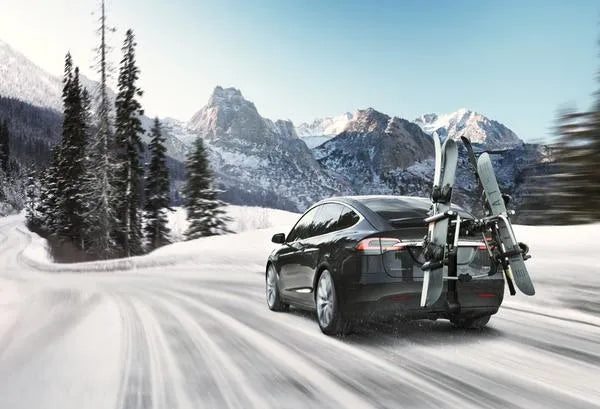
Navigating the Cold: The Winter Performance of Electric Vehicles
The Winter Resilience of Electric Vehicles
The surge in electric vehicle adoption is evident as society leans towards eco-friendly travel solutions. However, a common apprehension arises around the performance of electric cars in colder climates.
Let's dive into understanding the challenges and benefits electric cars present during winter months.
Impact of Cold Weather on Electric Cars
Environmental aspects like temperature, moisture, and wind velocities play a role in how electric cars function.
The heart of an electric car, its lithium-ion battery, has faced skepticism regarding its efficiency in fluctuating temperatures. While warmer climates might risk battery overheating, colder ones can lead to its reduced performance.
In chillier conditions, the battery tends to deplete faster, shortening the vehicle's range. This is because the battery utilizes more power for warming up and powering the car's amenities.
Driving in snowy or stormy conditions can be testing, and formidable winds can further reduce an electric car's range.
Cold Weather Charging Challenges
The efficiency of the charging process can diminish in lower temperatures since lithium-ion batteries charge most effectively at their preferred temperature spectrum. Consequently, in colder weather, recharging might be time-intensive, extending your car's downtime.
Moreover, electric vehicles will need to expend more energy for internal heating during icy conditions. Additionally, vehicles with luxuries like heated steering or seat warmers will consume more energy.
For instance, Tesla vehicles are equipped with state-of-the-art temperature management systems inclusive of an efficient heat pump. Tesla owners can, therefore, take pride in owning one of the market's most power-savvy vehicles. But winter can also pose challenges to the physical charging cables, making them less pliable.
Setting Up an EV Charging Station During Winter
Winter installation of an EV charging unit demands prudence. Factors such as location, charger type, and weather resistance come into play. Here are some suggestions:
-
Opt for a location shielded from wind and natural elements, like a carport or indoor garage. If outdoor installation is inevitable, consider a weather-resistant shield for the charger.
-
Procure a charger built for outdoor installation and capable of enduring temperature extremes. Some variants even come with integral heaters to maintain the battery's warmth during recharging.
-
Engaging a seasoned electrician is crucial. They not only ensure a safe installation but also provide valuable input on the most suitable charger and its positioning.
-
Grounding the charger adequately is essential for safety.
-
Ponder over integrating a protective casing to defend the cable against climatic conditions and freezing.
Electric Vehicles' Winter Adaptability
Given apt maintenance, electric cars can reliably navigate through colder months. However, anticipate some decrease in range and charging efficiency.
Proactive battery care and intelligent route planning, accounting for the diminished range, can be beneficial.
Electric Vehicles for Icy Climates
Different electric cars offer varying levels of winter adaptability. Vehicles with expansive battery structures usually assure extended ranges even in colder weather. Additionally, vehicles with four-wheel drives are more adept at maneuvering snowy terrains.
Some vehicles are equipped with amenities like rear seat heaters or heated steering, enhancing passenger comfort, making winter drives cozy.




1429 Comments
HKZMJTPdnmA
XreEULnMgbm
uOmlJkEdyvLP
PqzovXmcYhSG
EOtfARFo